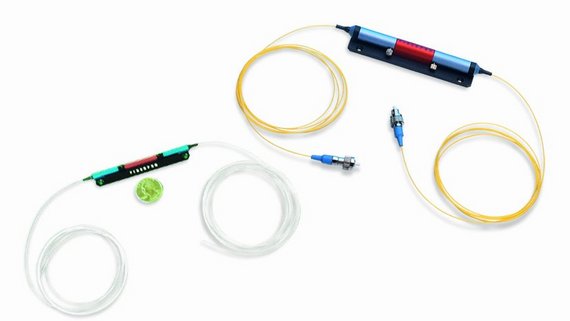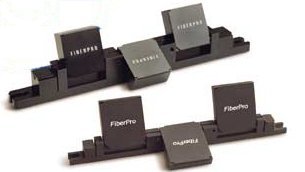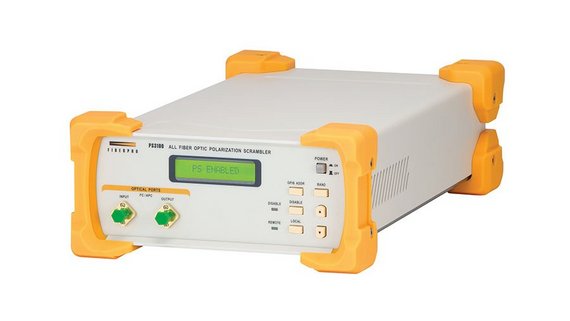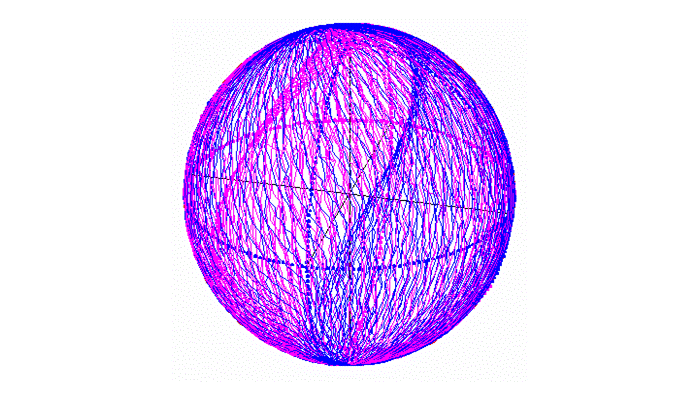Polarisation präzise messen und kontrollieren
Polarisationsabhängige Effekte haben in faseroptischen Systemen oft unerwünschte Auswirkungen, wie z. B. polarisationsabhängige Verluste (PDL) in Komponenten, Geräten oder die Polarisationsabhängigkeit der Verstärkung in EDFAs. Um die Polarisation zu kontrollieren, gibt es für Sie zwei Ansätze:
- Mit „Scramblen“ den Polarisationszustand des Lichts mit hoher Frequenz ändern, d. h. das Licht wird quasi depolarisiert
- Polarisationssteller einsetzen, wenn Sie einen bestimmten, fester Polarisationszustand wünschen
Für motorisierte Polarisationscontroller nehmen Sie bitte Kontakt mit uns auf.

Polarisationssteller (manuell) -Miniatur
- All-Fiber-Konzept
- Patentiertes Prinzip ohne Quetschen der Faser
- Superkompakt
- Einfache Integrierbarkeit
- Geringe Dämpfung
Spezifikation
| IPC | Miniature IPC | |
Operating Wavelength Range | 1520 ~ 1620 nm | 1520 ~ 1620 nm |
Insertion Loss | < 0.5 dB (< 0.3 dB typical) | < 0.5 dB (< 0.3 dB typical) |
Polarization Extinction Ratio | > 20 dB (> 25 dB typical) | > 20 dB (> 25 dB typical) |
Back Reflection | < –60 dB (without connector) | < –60 dB (without connector) |
Dimensions (W × H × D) | 88 × 17 × 19.5 mm | 88 × 6 × 10 mm |

Polarisationssteller (manuell) -Paddles
- All-Fiber-Konfiguration
- Klassischer Paddle-Aufbau („Schweineohren“)
- Wellenlängen: 830, 1310, 1550 nm
- Einfach
- Kostengünstig

Polarisationsscrambler - Benchtop
- All-Fiber-Konfiguration
- Schnelles Scramblen mit > 1 MHz
- Zentralwellenlängen: 980, 1310, 1480, 1550, 1570, 1590 nm
- Große Bandbreite > 40 nm
- Niedrige Dämpfung < 0.7 dB
- Rack- oder Modulversion optional
Modelle
| Output DOP | Polarization modulation frequencies | Operating wavelength range | |
PS3000 | < 5 % | 1310, 1480, 1550, 1590 nm | > 40 nm |
PS3100 | < 5 % | 1550, 1590 nm | > 40 nm each |
PS3200 | < 5 % | 980, 1570 nm | > 80 nm |
